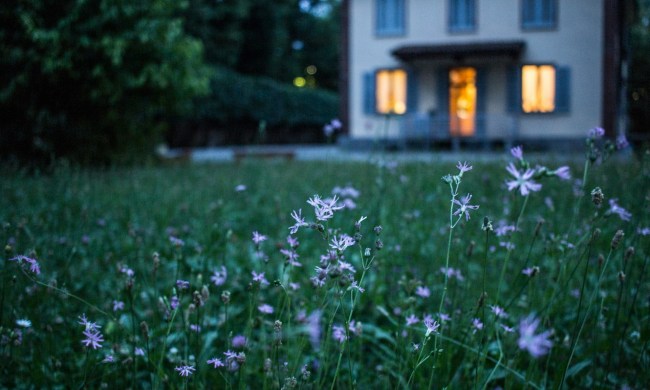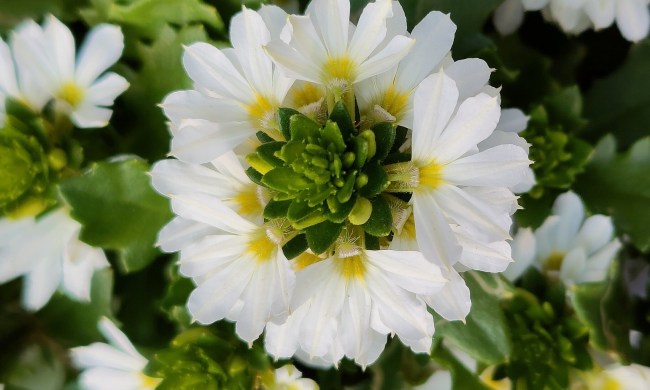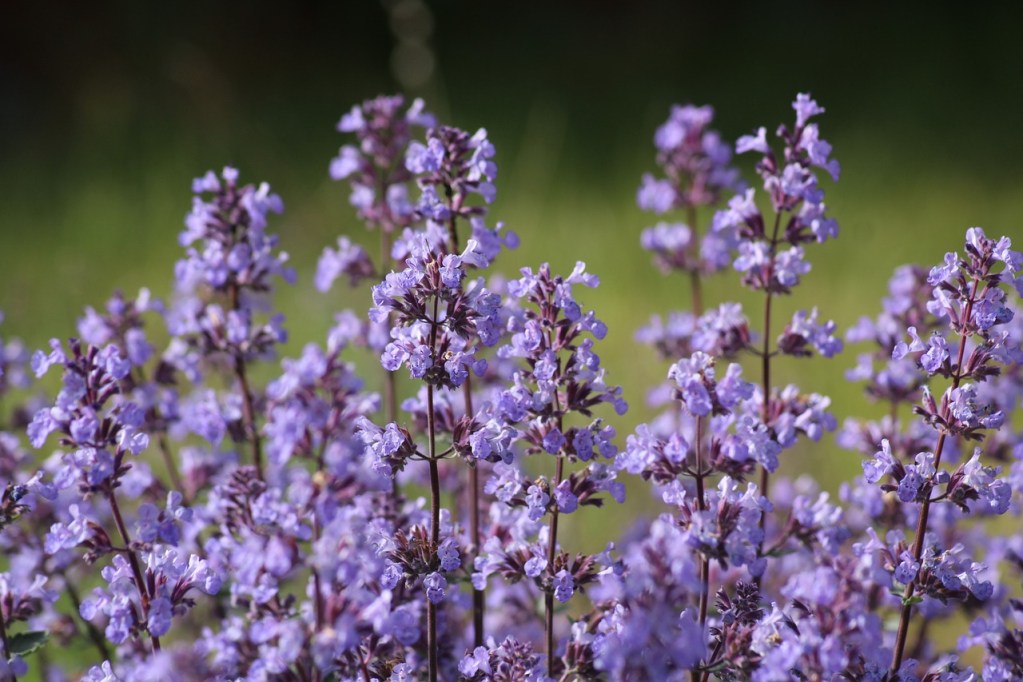
Herb gardens are popular, easy to grow, and incredibly versatile. One herb you may not have considered is nepeta, which includes both catnip and catmint. Nepeta is soothing and relaxing, and it’s great in herbal tea. Bees and hummingbirds love this plant as well, making it an excellent addition to pollinator gardens. If you want to add this herb to your garden, here’s how.
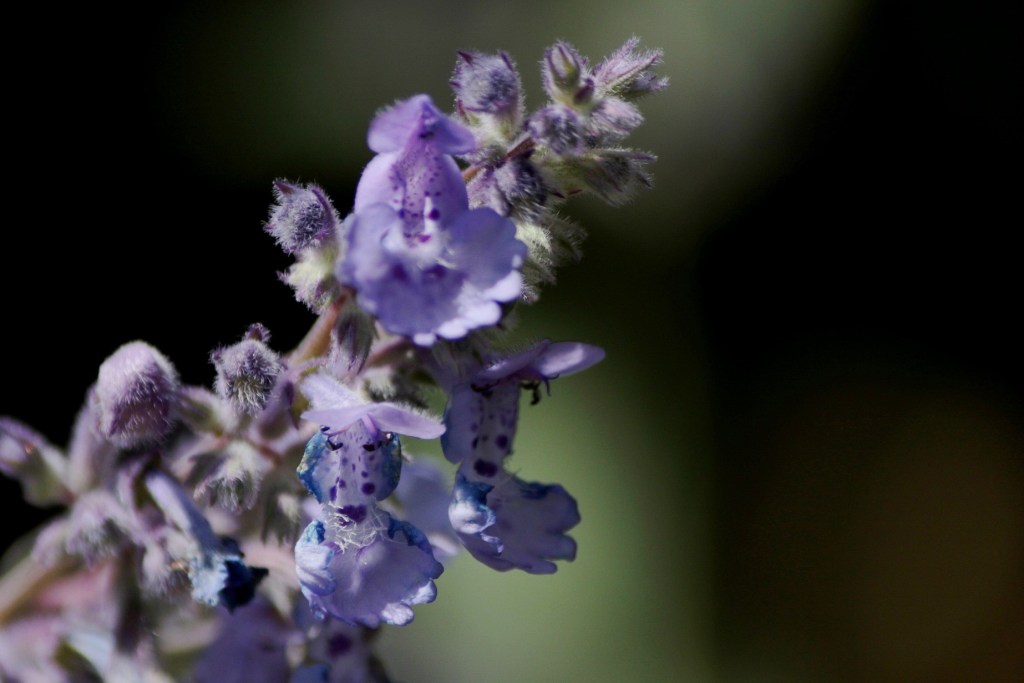
Planting nepeta
Follow these tips to get your nepeta off to a good start:
Step 1: Choose the right variety.
Catmint and catnip are both useful herbs in the nepeta family, but they aren’t exactly the same. Catnip has a stronger appeal to cats, while catmint has larger, lovelier flowers.
Step 2: Plant it in full sun, with light afternoon shade if you live in a hot climate.
Step 3: Plant it in well-draining soil.
Step 4: Add compost to the soil before planting.
Step 5: Water it regularly until it's established.
Nepeta is quite drought tolerant once established, but it still needs regular watering directly after being planted.
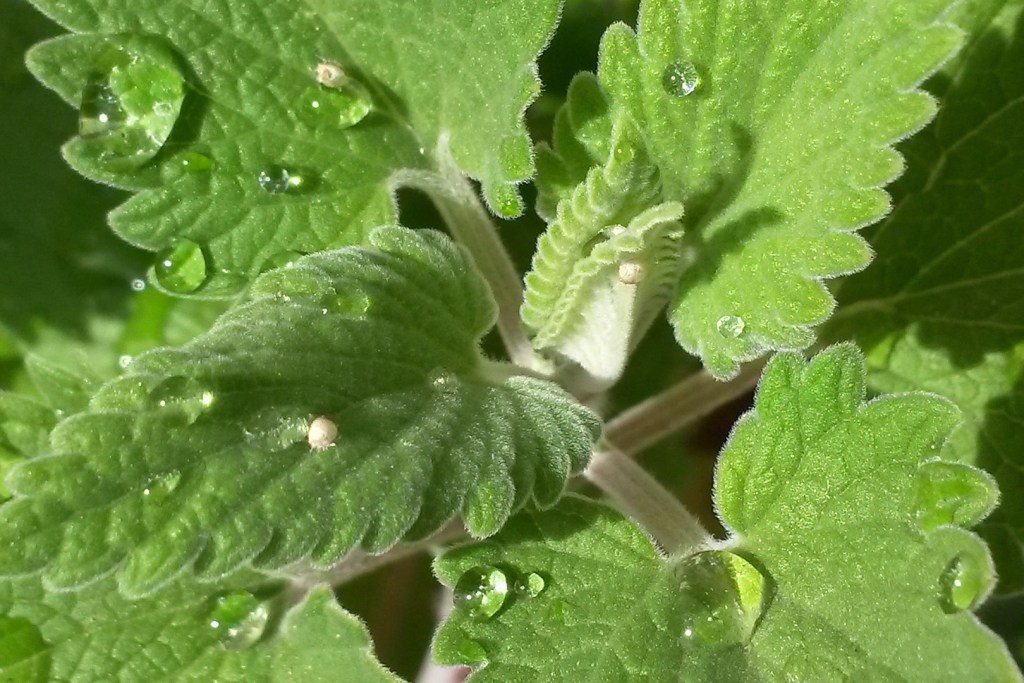
Caring for your catmint
After planting your nepeta, here's how to care for it:
Step 1: Increase watering during hot, dry weather, especially if your nepeta is in full sun.
Nepeta can withstand droughts, but extra water will help it continue growing and blooming.
Step 2: Add a layer of mulch around the base of the plant to help it retain water.
Step 3: Remove dead or dying flowers by hand or with scissors.
This encourages the plant to keep blooming. It also prevents the plant from reseeding, which will keep the plant under control.
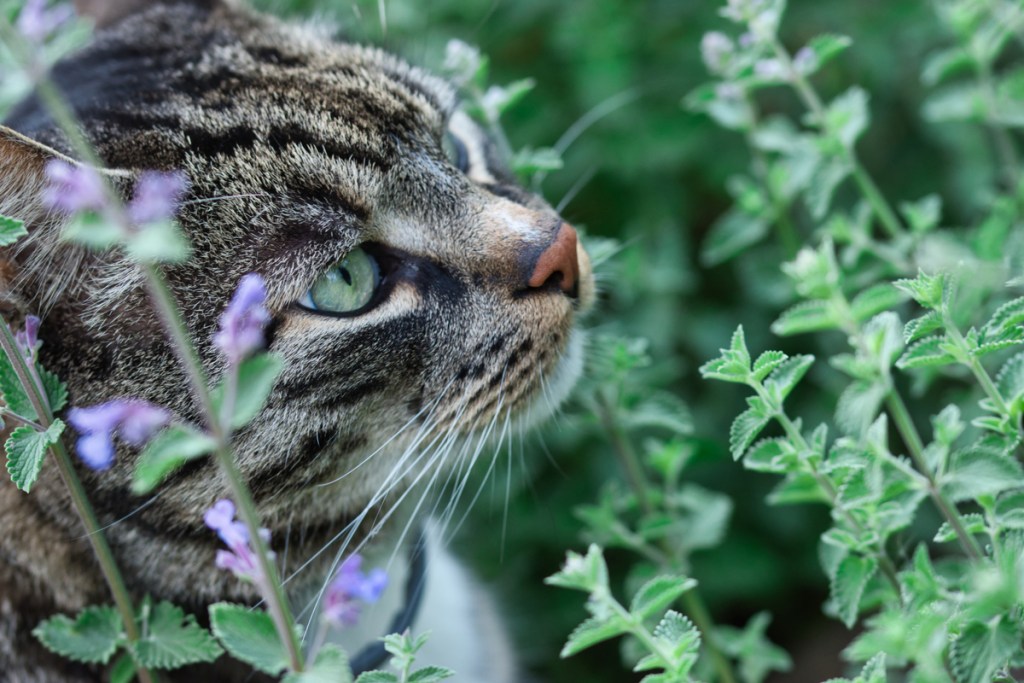
Troubleshooting common problems
The two common problems nepeta can face are fungal infections and cats. Felines are less likely to bother catmint than catnip, but you may still see damage from cats chewing or rolling on young nepeta plants. Unless your neighborhood has a large population of free-roaming cats, you aren’t likely to see significant damage.
Fungal diseases cause stems to rot, stems and leaves to form incorrectly, and stunted growth. You can treat this by removing diseased growth, repotting potted nepeta in dry soil, and applying a fungicide. However, it’s better to prevent them entirely. Here’s how:
Step 1: Avoid planting your nepeta in full shade.
Step 2: Water them only when the soil is dry.
Step 3: Avoid getting the leaves wet when watering.
Step 4: Leave room between your plants for airflow.
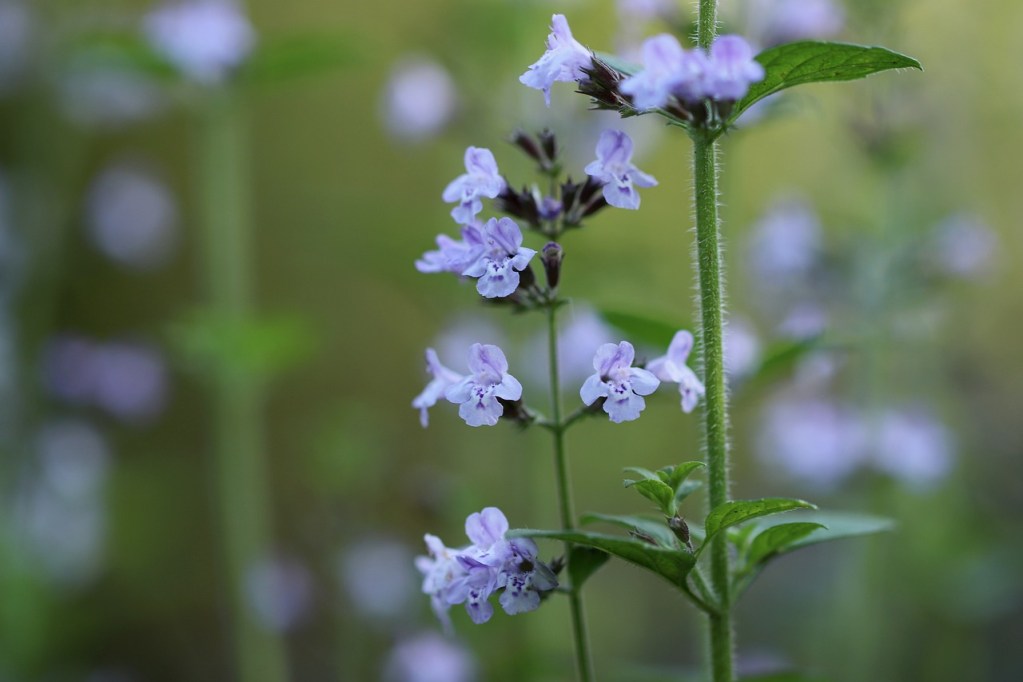
Harvesting and storing nepeta
If you want to use your nepeta, here's what to do:
Step 1: Begin harvesting when the plant is at least 6 inches tall and is in full bloom.
Step 2: Cut several inches off the top of the plant with scissors or shears.
Step 3: Use stems fresh or hang them upside down in a warm, dry, and dark space to dry.
Step 4: Store dried nepeta in airtight containers.
Cats, bees, and hummingbirds love nepeta and you will, too! Add it to your herbal tea blends, use it to flavor baked goods, or just admire the blooms. No matter how you use it, you can’t go wrong with this beautiful and relaxing herb.

